Designing a garden in dry or low-water areas can sometimes feel like a challenge. Many plants demand consistent watering and rich soil to thrive, making it tough for gardeners in arid regions or those looking for low-maintenance options. However, native shrubs offer the perfect solution. They have adapted naturally to the conditions of their environment, requiring little extra care while still providing beauty, fragrance, and bright seasonal blooms.
In this article, we’ll explore five native shrubs that thrive in dry soil and bloom vibrantly, making them excellent choices for sustainable landscaping and water-wise gardening.
1. California Lilac (Ceanothus spp.)
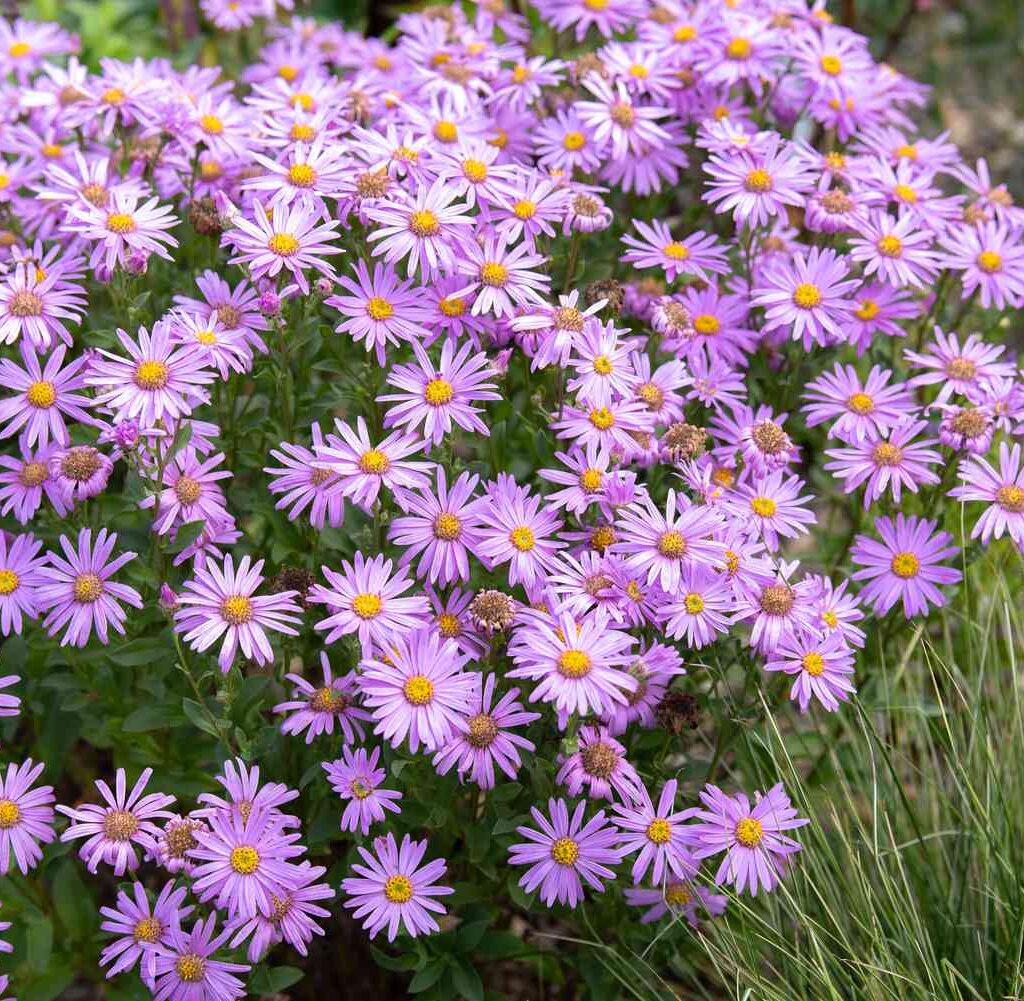
The California lilac, also known as Ceanothus, is a standout native shrub celebrated for its clusters of blue, purple, or white flowers. Belonging to the western United States, particularly California, this shrub is remarkably drought-tolerant once established.
Why It’s Perfect for Dry Soil
California lilac has deep roots that allow it to draw moisture from deeper soil layers, making it ideal for gardens with limited water. Its leaves are thick and leathery, further reducing water loss through evaporation.
Blooming Season and Features
From late spring to early summer, this shrub explodes with vibrant flower clusters that attract bees, butterflies, and other pollinators. Depending on the variety, Ceanothus can grow low to the ground as a spreading shrub or stand tall at 6–12 feet.
Care Tips
- Plant in well-drained soil and full sun for the brightest blooms.
- Avoid overwatering once established.
- Prune lightly after flowering to maintain shape.
Bonus Benefit: Beyond their beauty, California lilacs improve soil health by fixing nitrogen, benefiting other nearby plants.
2. Texas Ranger (Leucophyllum frutescens)
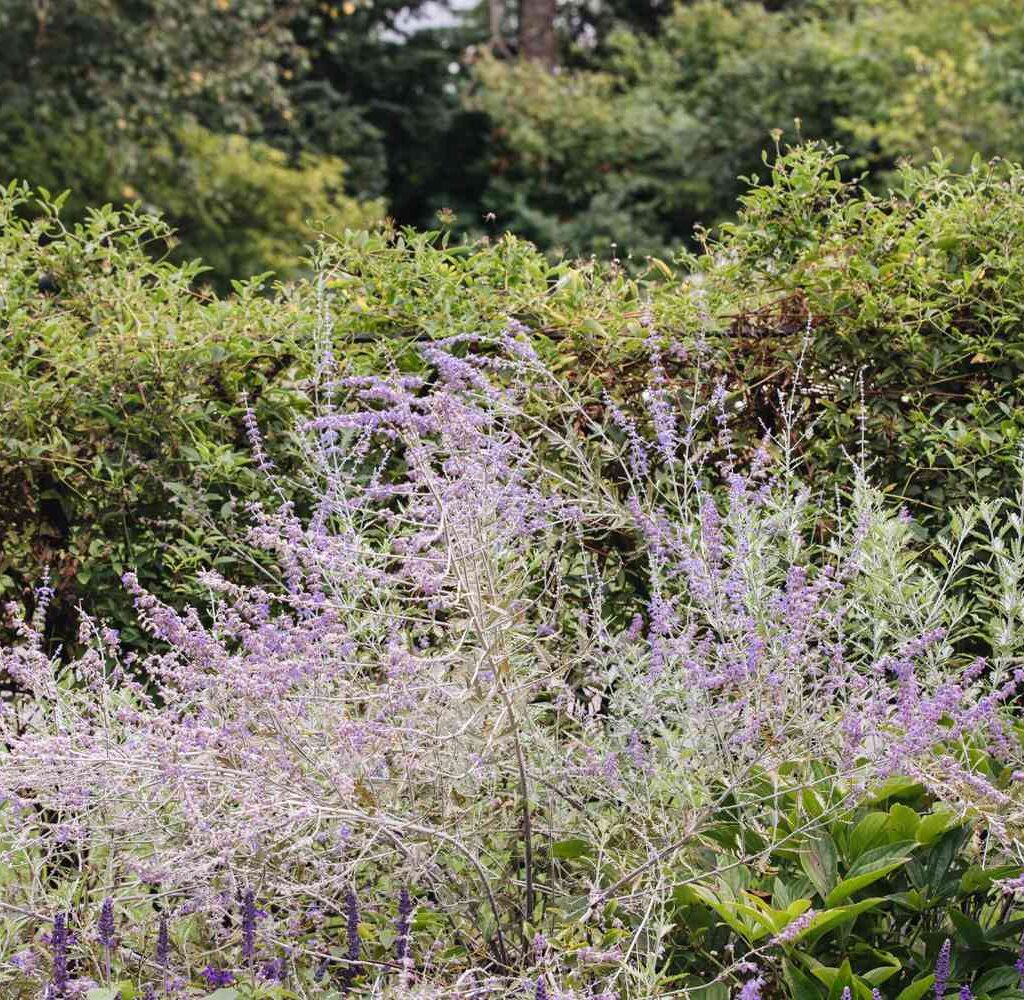
Also known as Texas sage or barometer bush, Leucophyllum frutescens is a native shrub from the southwestern United States and northern Mexico. It’s famous for its silver-gray foliage and stunning purple-pink blooms.
Why It’s Perfect for Dry Soil
This hardy shrub thrives in sandy, rocky soils and is highly drought-resistant. It even flourishes in hot, dry climates where many plants struggle to survive.
Blooming Season and Features
The Texas ranger blooms in cycles, often triggered by humidity or rainfall. Its flowers appear throughout summer and into fall, offering gardeners a burst of bright color in dry landscapes.
Care Tips
- Prefers full sun but tolerates partial shade.
- Requires very little supplemental water once established.
- Trim after flowering to maintain a compact, bushy form.
Bonus Benefit: This shrub is deer-resistant and attracts pollinators, making it both wildlife-friendly and resilient.
3. Butterfly Bush (Buddleja davidii)
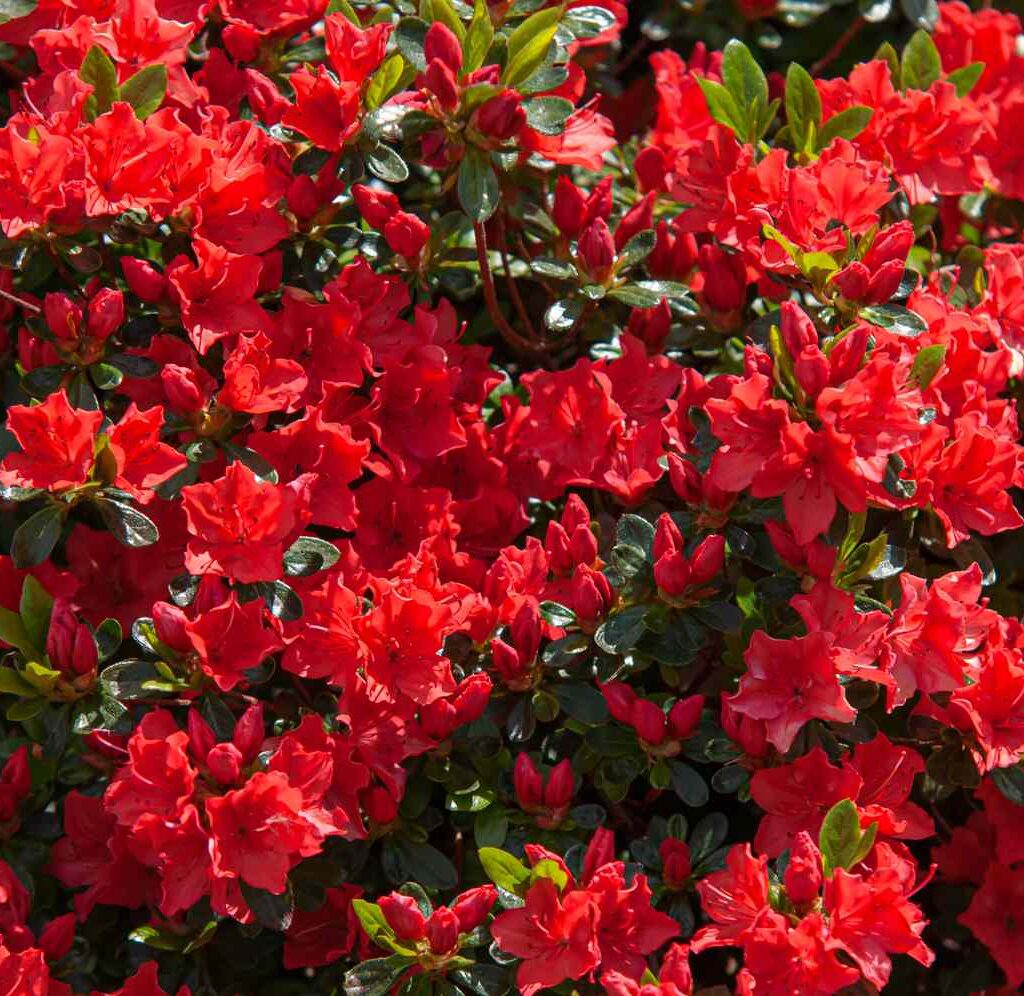
The butterfly bush is native to parts of Asia but has naturalized widely and is often used in dry gardens for its showy flowers and wildlife appeal. Some regions even recognize native U.S. Buddleja species that perform exceptionally well in dry conditions.
Why It’s Perfect for Dry Soil
This shrub tolerates neglect, sandy soils, and long dry spells without sacrificing its flowering potential. Once its roots are established, it thrives in conditions where water is scarce.
Blooming Season and Features
From mid-summer to fall, butterfly bush produces long, cone-shaped flower clusters in shades of purple, pink, white, or yellow. Its blooms are highly attractive to butterflies, bees, and hummingbirds.
Care Tips
- Prefers well-drained soil and lots of sun.
- Water deeply during establishment but reduce afterward.
- Cut back to the ground in late winter or early spring to encourage vigorous new growth.
Bonus Benefit: Provides essential nectar to pollinators during late summer when few other shrubs are in bloom.
4. Rockrose (Cistus spp.)
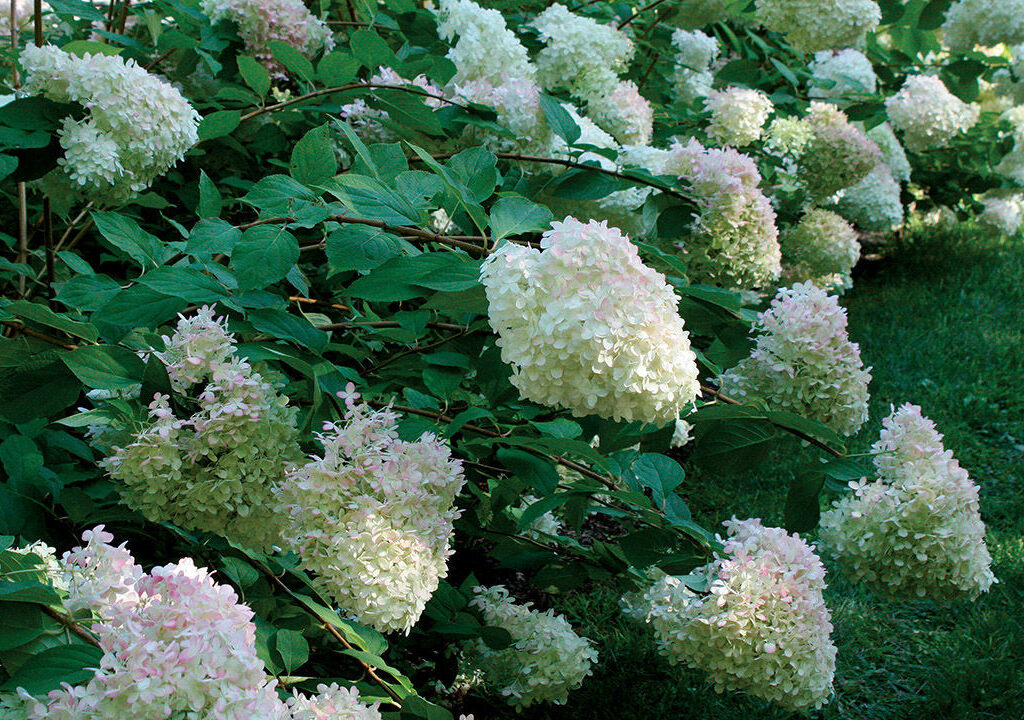
The rockrose is a Mediterranean native shrub that has adapted beautifully to dry, rocky soils, making it perfect for xeriscaping and low-water gardens.
Why It’s Perfect for Dry Soil
As its name suggests, rockrose thrives in rocky, sandy soils where other plants may fail. It requires almost no irrigation once established and tolerates harsh sun and wind.
Blooming Season and Features
In late spring to early summer, rockrose shrubs bloom with showy, papery flowers in shades of pink, purple, or white, often with a dark center. The blooms are short-lived but profuse, creating a dazzling display.
Care Tips
- Grow in full sun and ensure good drainage.
- Water sparingly; too much water can harm it.
- Minimal pruning needed—simply trim after flowering for shape.
Bonus Benefit: Rockrose releases a pleasant resinous scent and can stabilize dry, eroded slopes due to its spreading root system.
5. Apache Plume (Fallugia paradoxa)
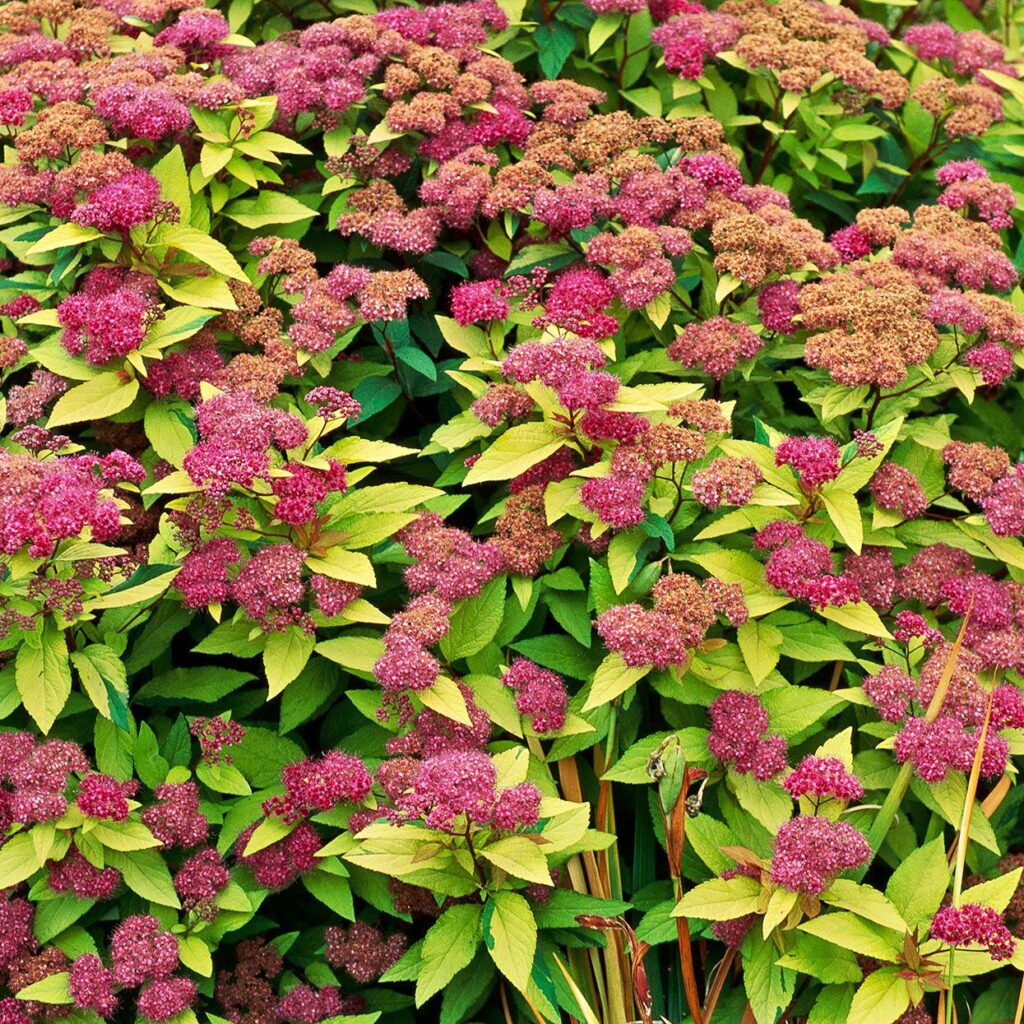
Native to the deserts of the southwestern United States, Apache plume is a hardy shrub valued for both its flowers and distinctive seed heads.
Why It’s Perfect for Dry Soil
This shrub is exceptionally drought-tolerant and thrives in sandy, gravelly, or rocky soils. It’s an excellent option for gardeners dealing with poor or alkaline soil.
Blooming Season and Features
Apache plume produces delicate white, rose-like flowers in spring and early summer, followed by feathery pink seed plumes that last through fall. These seed heads add texture and movement to the garden, creating year-round interest.
Care Tips
- Plant in full sun for best flowering.
- Requires little to no fertilizer.
- Prune lightly to maintain form but allow space for natural growth.
Bonus Benefit: Attracts pollinators while providing shelter for small birds and wildlife.
Final Thoughts
Choosing native shrubs that thrive in dry soil is not only practical but also environmentally responsible. They reduce water use, lower maintenance, and support local ecosystems. By incorporating plants like California Lilac, Texas Ranger, Butterfly Bush, Rockrose, and Apache Plume, you can design a stunning garden that thrives even in challenging conditions.
These shrubs prove that a water-wise garden doesn’t have to sacrifice beauty. With their vibrant blooms and resilience, they’ll bring color, life, and sustainability to your outdoor space for years to come.
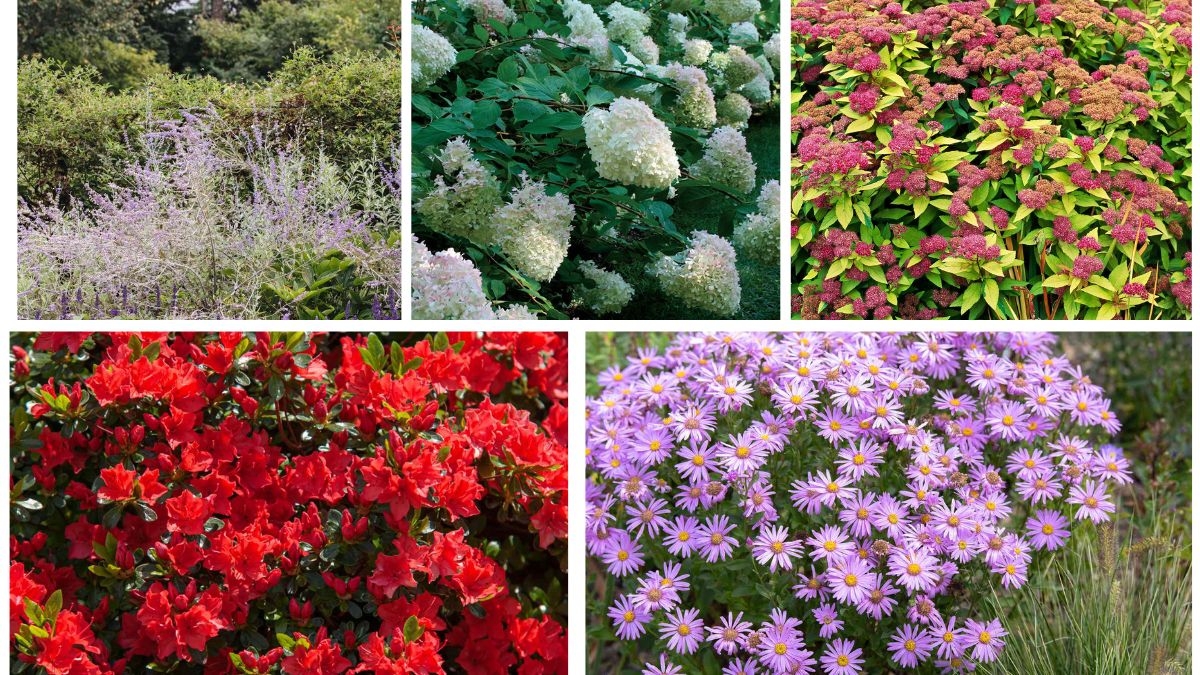





Leave A Comment